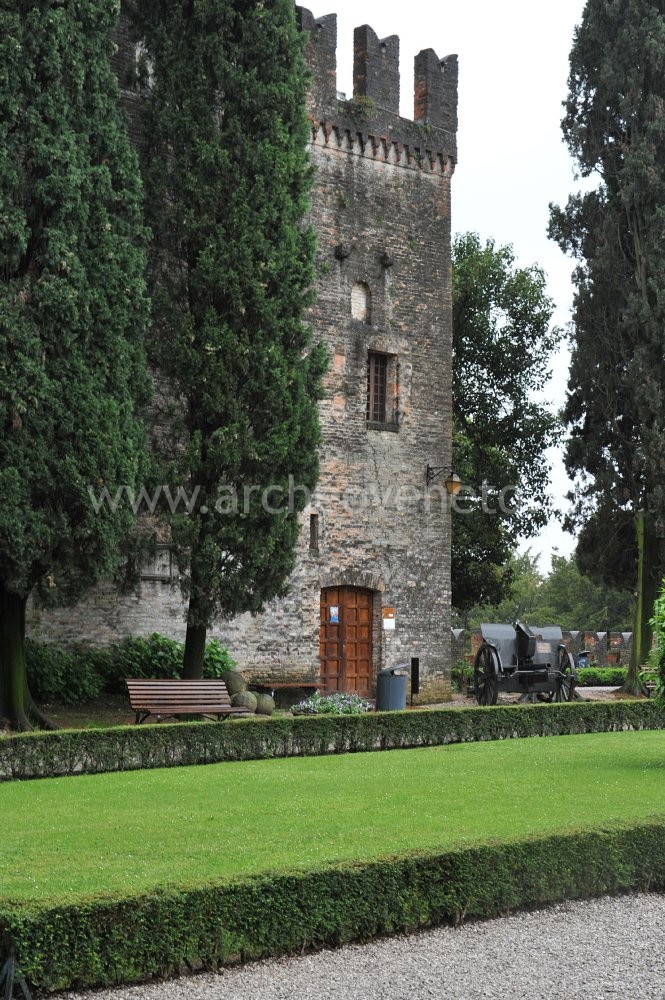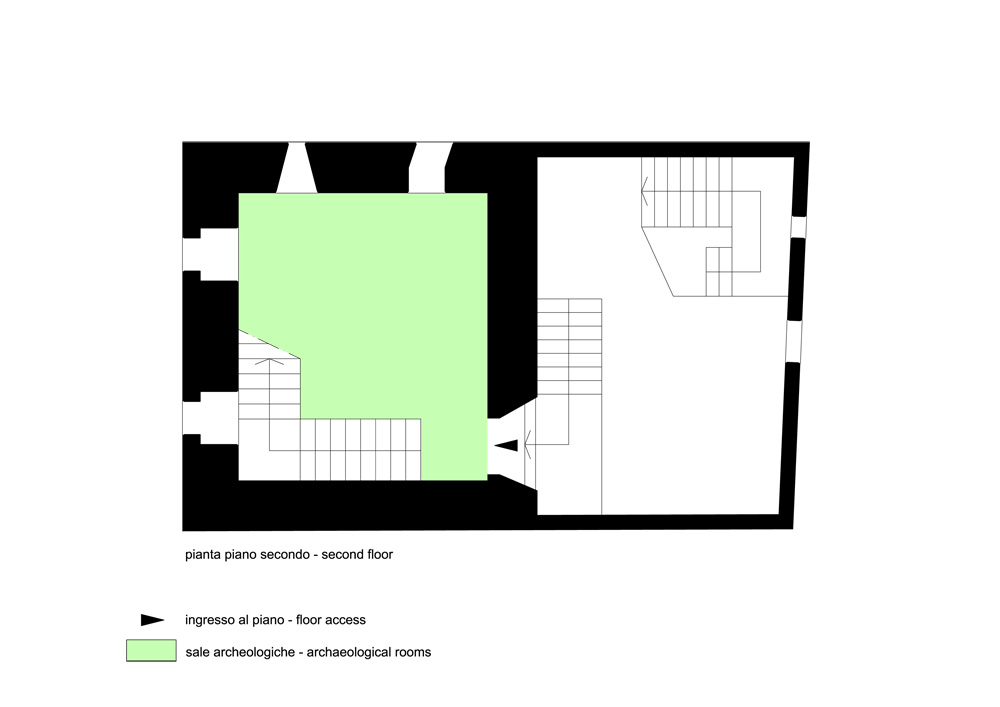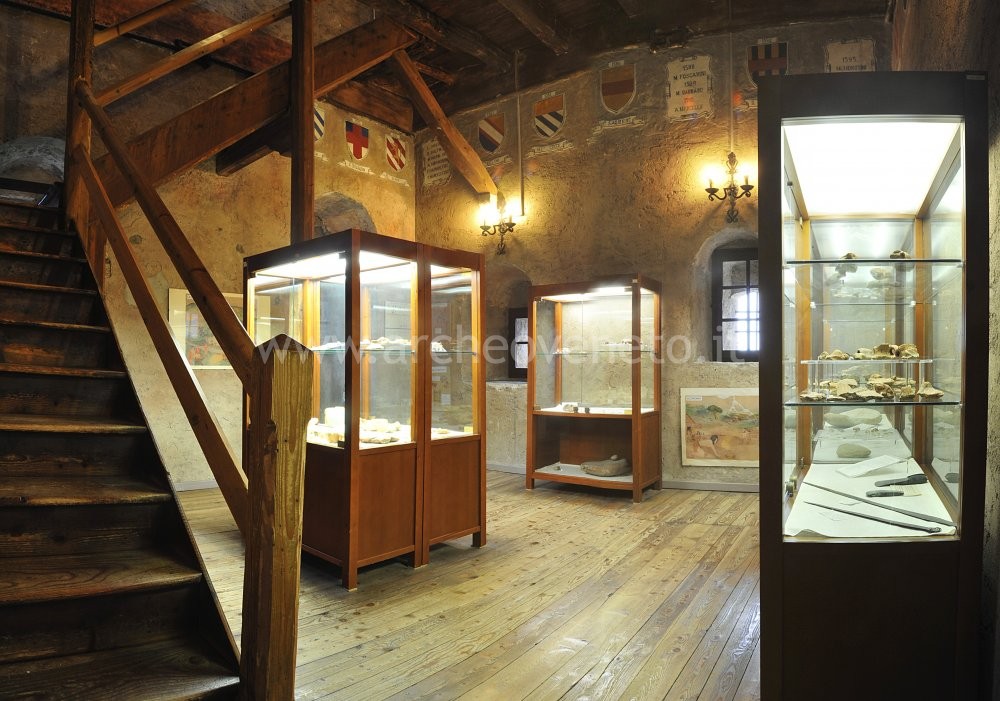| Piazzale San Leonardo 8 - 31015 Conegliano (TV)
Tel. 0438 22871 |
Web site http://www.conegliano2000.it |
|
Summary
The Civic Museum of Conegliano is located in the watchtower of the Castle, at the top of the Giano hill. It includes a rich picture gallery with paintings and frescoes coming from convents and churches in the surrounding area, a lapidarium, an archaeological section and numerous rooms displaying ancient geographic maps, weapons and late-Renaissance pieces of furniture.Collection history
The initial proposal to establish a municipal museum in Conegliano dates back to 1868; yet it was accomplished only in 1946 thanks to the commitment of Sir Antonio Tocchio. During the following years a committee made up citizens and headed by Sir Alfredo De Mas was established, which was able to collect a large amount of works of art and archaeological finds, so that in 1994 a fully-fledged archaeological section was added, which hosts the archaeological finds from the area around Conegliano.
|
 |  |
|
Visiting
Admission: Negli orari di apertura;
Ticket: Si;
Price: Full fare: 2.50 €; reduced fare: 1.50; school classes 1 €.;
 School access School access
|
Recommended tour time (minutes): 20 |
|
Services for visitors
 Parking Parking Bar/Restaurant Bar/RestaurantPrivately run. |
Educational Services
 Brochure BrochureItalian  Information boards Information boardsItalian  Captions under exhibits Captions under exhibitsItalian  Guided Tours Guided Tours Only in springtime for school classes. Every Monday of September free admission and guided visit free of charge. In July every Saturday night the museum is open for visits by night (entrance fee but the visit is free of charge)  Educational activities Educational activitiesOnly in September on Sundays for school classes.  Library and documentation centre Library and documentation centre Other activities Other activities |
Bibliography
| Musei e raccolte archeologiche del Veneto 2004, a cura di Di Mauro A., Dosson di Casier, pp. 83-84. |
| Bonetto J. 2009, Veneto (Archeologia delle Regioni d'Italia), Roma, pp. 416. |

